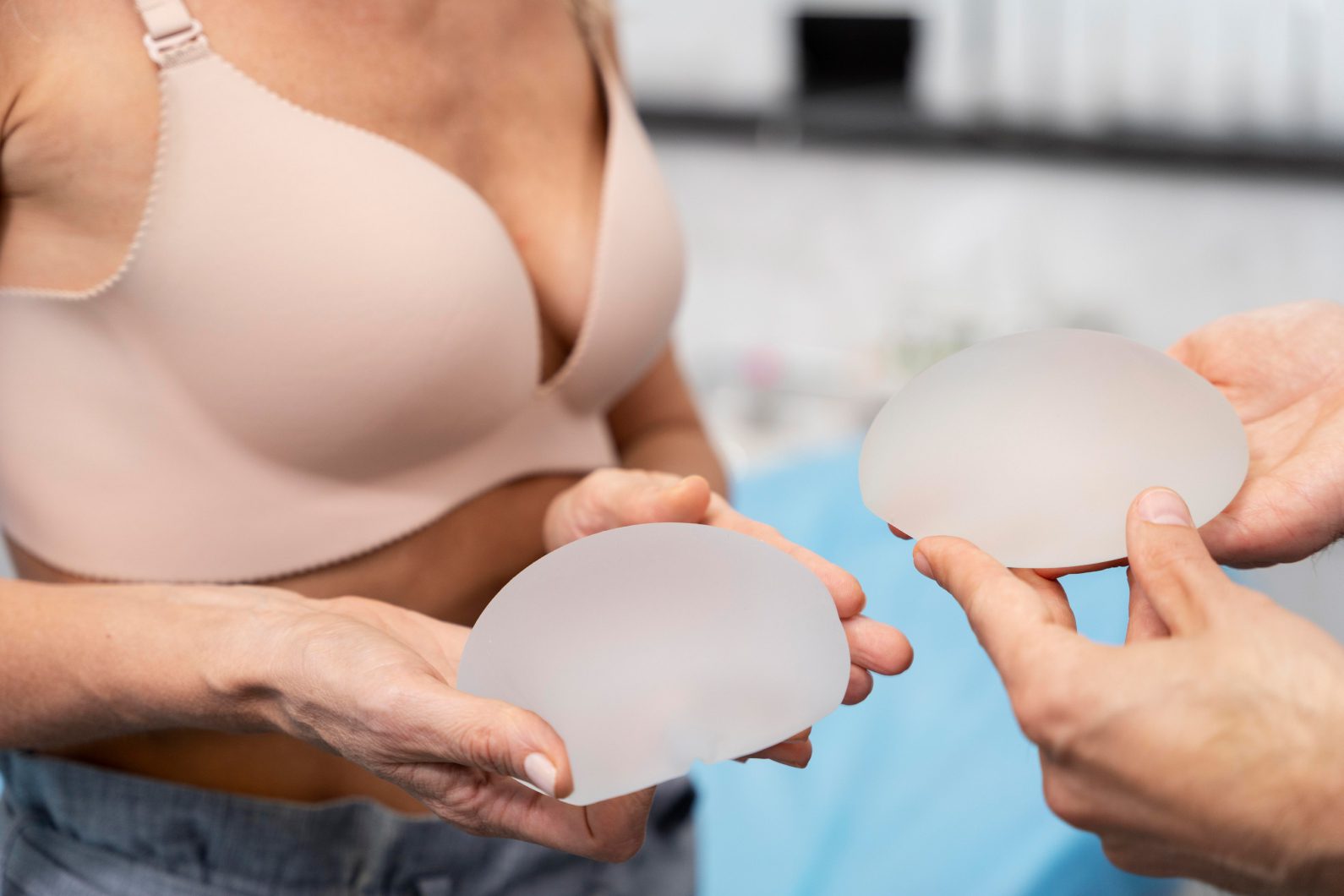Like any medical device, breast implants carry certain risks. The most common complications associated with breast implants are revision surgery, capsular fibrosis, implant removal and ruptures.
Minimizing complications during breast implant surgery
The selected implant size and surface are important factors. Smoother surfaces increase the risk of slippage and capsular fibrosis. Larger implants in relation to your own breasts increase the risk of breast augmentation. Implants that are too large can also cause problems with scar healing and bleeding.
How long do breast implants last?
Modern breast implants generally last a lifetime as long as there are no complications. In the past, they had a lifespan of around 10 to 15 years. Durability depends on the stability of the outer shell, which in modern silicone implants is multi-layered and stable. Implants have improved over time and are now manufactured to last a lifetime.
Regular monitoring of breast implants
After your breast surgery, it is important to have regular follow-up examinations and to follow your doctor’s instructions for monitoring your breast implants. If there are any changes to the implants or unusual health problems, please contact your family doctor or gynecologist immediately.
Capsular fibrosis
The breast tissue normally forms a capsule around the implant to hold it in place. In some women, however, this capsule can compress the implant, which is known as capsular fibrosis. Capsular fibrosis can lead to abnormally firm breasts and pain. The longer you have your implants, the higher the risk of capsular fibrosis and implant rupture, often necessitating a repeat operation.
Rupture
An implant rupture occurs when a tear or hole develops in the shell of the breast implant. This can happen for a variety of reasons, such as during surgery, stress, trauma, pressure during a mammogram or over time. An implant rupture can occur at any time, but the longer you wear the implant, the higher the risk of rupture.
Wrinkling
Wrinkling, also known as “rippling”, can occur after breast surgery and can cause a wavy appearance in the center, top or sides of the breasts. This is more common with saline implants. In such cases, smooth silicone implants are often used to correct the wrinkling.
Slipping of the implants
The lifespan of breast implants may be affected if they move or change position. Breast implants cannot prevent sagging of the skin, which can be caused by ageing, weight gain or weight loss. The chosen implant size and surface are important factors. Smoother surfaces increase the risk of slippage and capsular fibrosis. Larger implants in relation to your own breasts increase the risk of breast augmentation and can cause problems with scar healing and bleeding.
Revision surgery
Over the course of your life after breast surgery, it is likely that you may require further surgery to correct problems or remove the breast implant. Problems such as rupture, capsular fibrosis, asymmetry, hypertrophic scarring, infection or displacement may require additional surgery.

